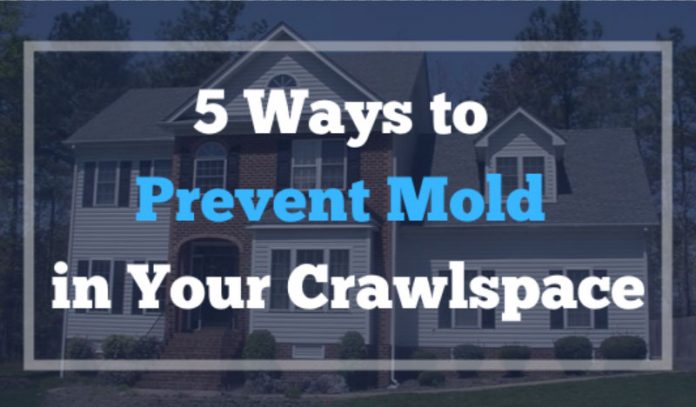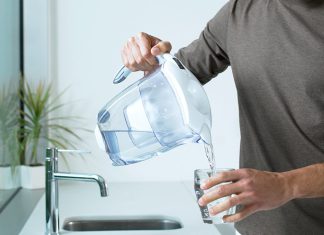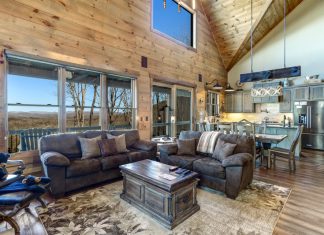No one ever wants to spend time in a confined space such as your crawlspace. Both your crawlspace and your basement are probably the least areas in your home that you would want to spend time in, and it’s definitely understandable for a lot of reasons particularly if you haven’t been putting some cleaning time in these areas. Some might probably be scared to check their basements and crawlspace from time to time. Well, who wouldn’t be scared if they’re dark, moist and grimy?
Apparently, you should actually be more afraid of that creeping mold problem more than the dark and the grime that has settled in your crawl space. The reason why? These places are the perfect breeding grounds for mold. As a result, a growing mold infestation is probably lurking somewhere in there causing your crawlspace to rot and fall into disrepair. Consequently, the mold will make its way into the floor above eventually eating away the surface and causing the floor to sag or buckle until it begins to collapse.
In more advanced cases, not only mold will gradually cause your home to deteriorate, worse, it could also affect your family’s health if the mold present in your home is actually considered toxic or what is infamously known as “black mold”. This is because black mold releases toxins that can affect individuals with poor immune system and can thus trigger allergic reactions and various respiratory ailments.
Scary, isn’t it?
So if you’re concerned about your family and your home’s overall well-being, make sure to prevent mold infestation early on before it grows into a significant extent. Here are five ways that you can do to prevent mold in your crawlspace.
1. Check the foundation walls, gutters, and downspouts and fix repairs if necessary.
In a lot of cases, the moisture problem typically starts from the cracks in the walls, an issue with the gutter or a faulty downspout where water can either flow through or it can seep through the cracks and fissures. This is especially common during the rainy season. So ideally, the gutters and downspouts should be at least 6 feet away from your house so as to avoid rainwater from accumulating near your house where it can eventually find a way to infiltrate your crawlspace.
2. Make sure there is adequate ventilation.
Poor ventilation is one of the primary reasons for mold growth. Since it’s an enclosed space, proper ventilation will allow the air to circulate inside your crawlspace. Otherwise, it will create a humid and moist environment desirable for fungi to spread faster. Add adequate ventilation or install a humidifier to keep the good air circulation.
3. Assess the HVAC ducts and all other plumbing components.
Conduct an assessment of your HVAC ducts and your plumbing. Make sure that they are all in good working condition and if not, repair or replace the damaged components immediately.
4. Check and secure the insulation.
If you’re keen on keeping your home clean, dry and safe for your family, consider your home insulation as your protection against toxic molds. Your home insulation will regulate the temperature and moisture inside your house so as to deter mold from developing in areas where there is high humidity and moisture like your crawlspace. So as a precautionary measure, secure that you have fully-functional insulation.
5. Encapsulate your crawl space.
Encapsulation has been a quite popular solution to homeowners. By encapsulating your crawlspace, you’re basically sealing it off to avoid excess moisture build-up. Plastic sheeting is used as a water vapor barrier to cover the whole area including the foundation walls and the ceilings. Once set, a dehumidifier is installed to regulate the moisture levels.
Remember that to keep your crawlspace and your home mold-free, the goal is simple–to keep all areas of your home clean, dry, and well-ventilated at all times. However, if you are already struggling with a current mold situation or for a crawlspace encapsulation that’s within your budget, don’t hesitate to call for professional assistance from black mold in Williamsburg.













